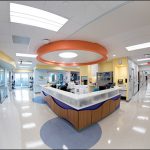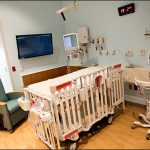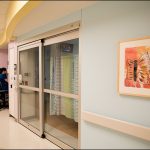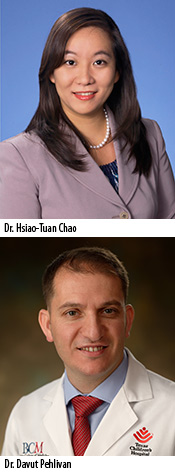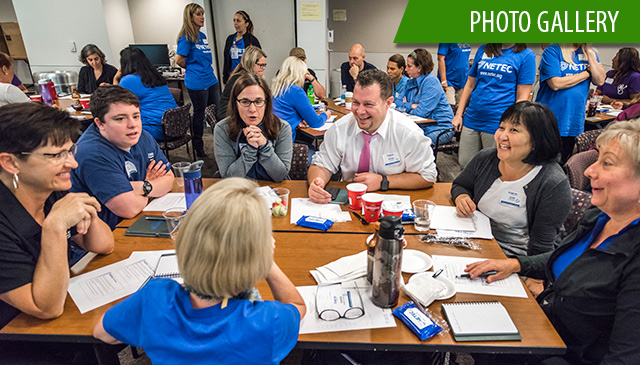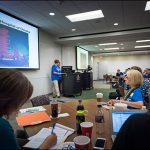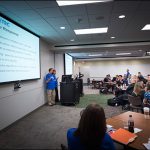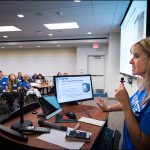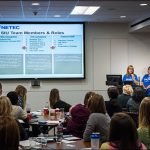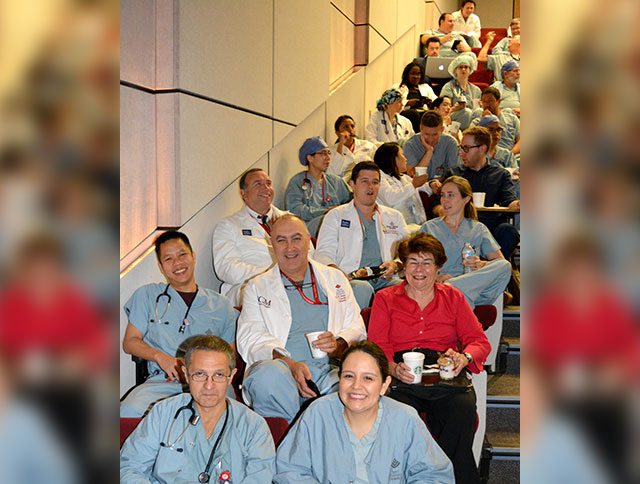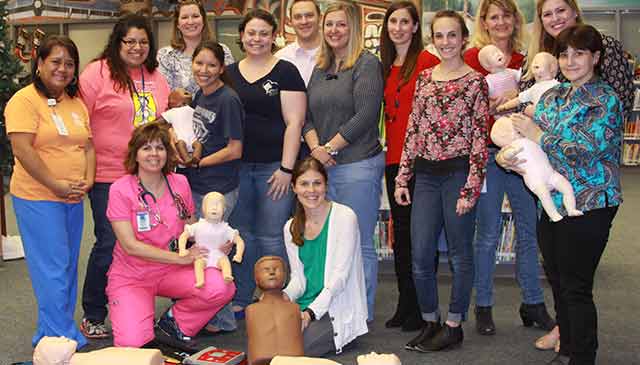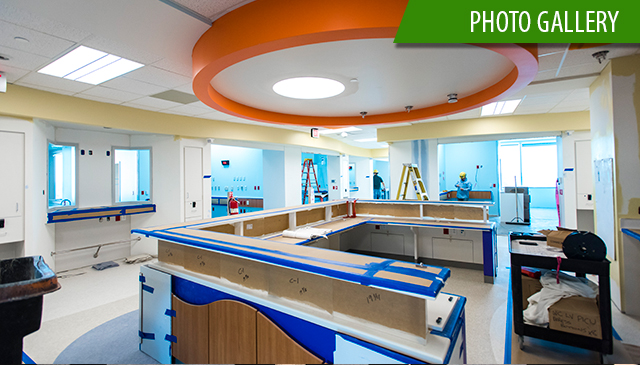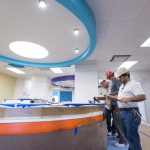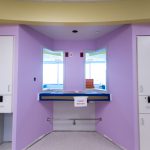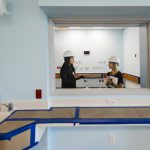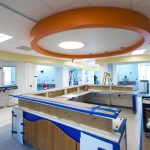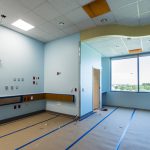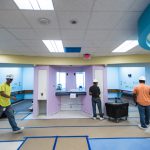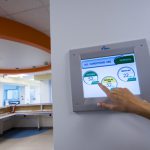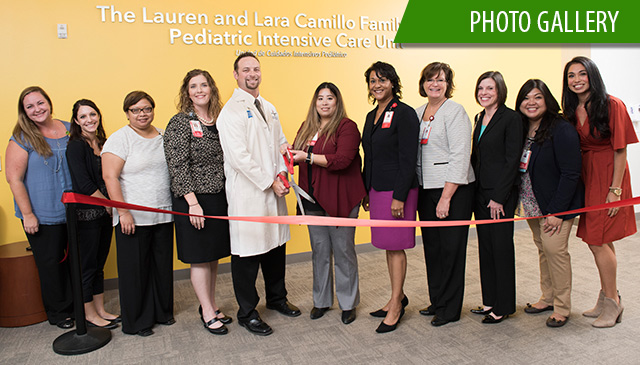 Three years ago, Texas Children’s Hospital West Campus opened an eight-bed Pediatric Intensive Care Unit thanks to a generous $1 million donation by the Lauren and Lara Camillo family. On October 9, the last chunk of a $50 million capital improvement effort expanded the unit to 22 beds, providing Texas Children’s West Campus and the entire Texas Children’s system with an opportunity to serve more patients and families that need our care.
Three years ago, Texas Children’s Hospital West Campus opened an eight-bed Pediatric Intensive Care Unit thanks to a generous $1 million donation by the Lauren and Lara Camillo family. On October 9, the last chunk of a $50 million capital improvement effort expanded the unit to 22 beds, providing Texas Children’s West Campus and the entire Texas Children’s system with an opportunity to serve more patients and families that need our care.
“This is a huge milestone for West Campus,” said Executive Vice President Michelle Riley-Brown at a ribbon cutting event and celebration. “Our staff has worked tirelessly on this project and the reward of being able to offer more to our patients and families is well worth it.”
Initially, 16 of the beds will be used for intensive care and six will be for acute care. Two of the intensive care beds have negative pressure capability and can be used for isolation. All of the beds provide more privacy for our patients and families, as well as better visibility and workflow for our nurses and other medical staff.
Located on the fourth floor of the hospital and painted in calming pastels, the unit expansion includes two large nursing stations, an advanced practice provider workspace, a simulation room, nutrition room, lactation room, call room and conference space.
The patient rooms are spacious and have a private bathroom and seating/sleep area for family. The rooms are lined with windows that face outside, letting in sunlight and allowing for great views of the hospital grounds and surrounding community. And, sliding doors permit visibility and quickly allow the care team access to the patient to address any emergency.
Equipment in the rooms and on the floor is robust and includes two blood gas machines for respiratory therapy and additional nurse station monitors. In the future, some of the rooms will be able to offer patients who need dialysis the capability of doing so from the comfort of their beds.
“When West Campus first opened, we thought we would be a stopover for patients waiting to be transferred to Main Campus, but that’s not the case, especially now with our expanded capacity,” said PICU Medical Director Dr. Matthew Pesek. “We have the ability to treat just about any patient who comes our way, no matter how complex.”
Karen Sripan, assistant clinical director of the PICU, agreed and said the planning and design of the PICU expansion began in March 2016 and was comprehensive with the goal of having an environment that allows the PICU staff to do more for their patients.
“We were very thoughtful in our design and engaged staff throughout the entire process,” Sripan said. “We also were mindful of ensuring room design consistency with the Woodlands PICU so that the layout of the rooms are familiar to staff and providers working at both campuses.”




